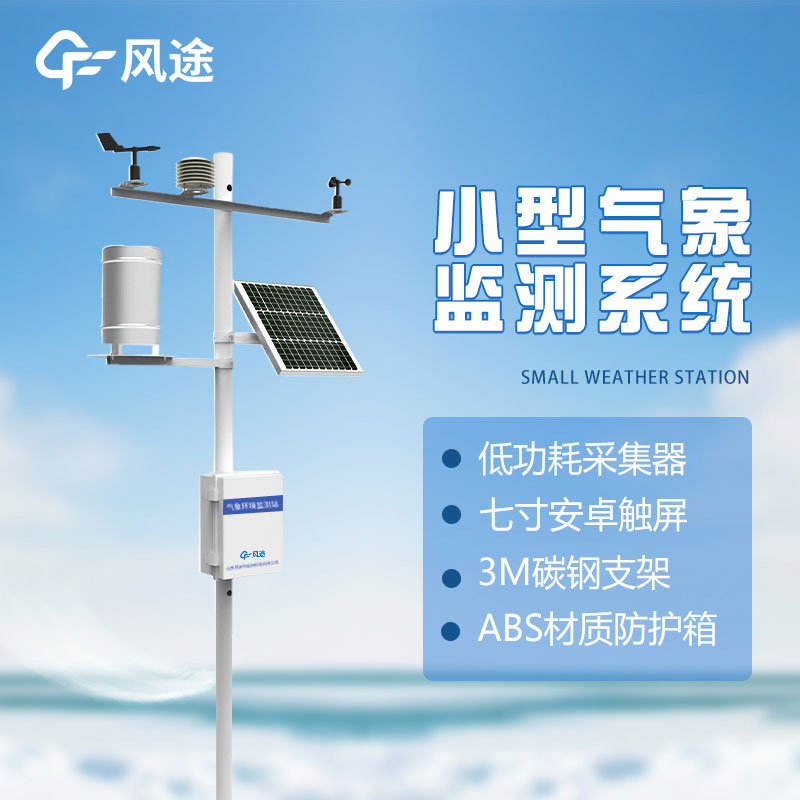Meteorological environment monitoring equipment supplier
Insist on doing high-precision customer favorite technology products
Continuous advances in information technology have made it difficult for traditional manual monitoring methods to meet the current high demands on environmental management, which include timeliness, accuracy and efficiency. Automation and intelligence are gradually becoming key development trends in the field of environmental monitoring. Through the application of automated intelligent monitoring technology, the monitoring system can effectively play the function of "eyes" and "ears" of environmental supervision, so as to strengthen the intelligent environmental supervision ability and gradually establish a comprehensive and solid environmental monitoring system.
Automatic environmental monitoring stations are a set of high-tech facilities capable of independently carrying out environmental quality monitoring tasks. These stations are equipped with automated sampling, measurement, information transfer and data processing capabilities, forming an efficient monitoring network. They generally consist of fixed monitoring stations (some of which are also equipped with mobile monitoring stations) and monitoring control centres and data communication systems to achieve all-round supervision of environmental conditions.
Environmental monitoring stations are equipped with multi-parameter automated monitoring equipment and are capable of continuous automated monitoring. Monitoring data are recorded and analysed in real time, and then transmitted over the network to environmental protection agencies for further analysis and processing. Elements routinely monitored at these stations include, but are not limited to, particulate matter (e.g., PM2.5 and PM10), sulphur dioxide, nitrogen dioxide, carbon monoxide, ozone, and meteorological parameters such as wind speed, direction, temperature, humidity, and barometric pressure.
Automated ambient water quality monitoring stations are capable of continuously monitoring a wide range of parameters in water bodies on a 24/7 basis. The monitoring data is sent to the monitoring centre or relevant departments via remote transmission, enabling remote monitoring and data management. The water quality indicators routinely monitored at these stations cover key parameters such as water temperature, dissolved oxygen, pH, turbidity, conductivity, permanganate index, ammonia, total phosphorus and total nitrogen.
